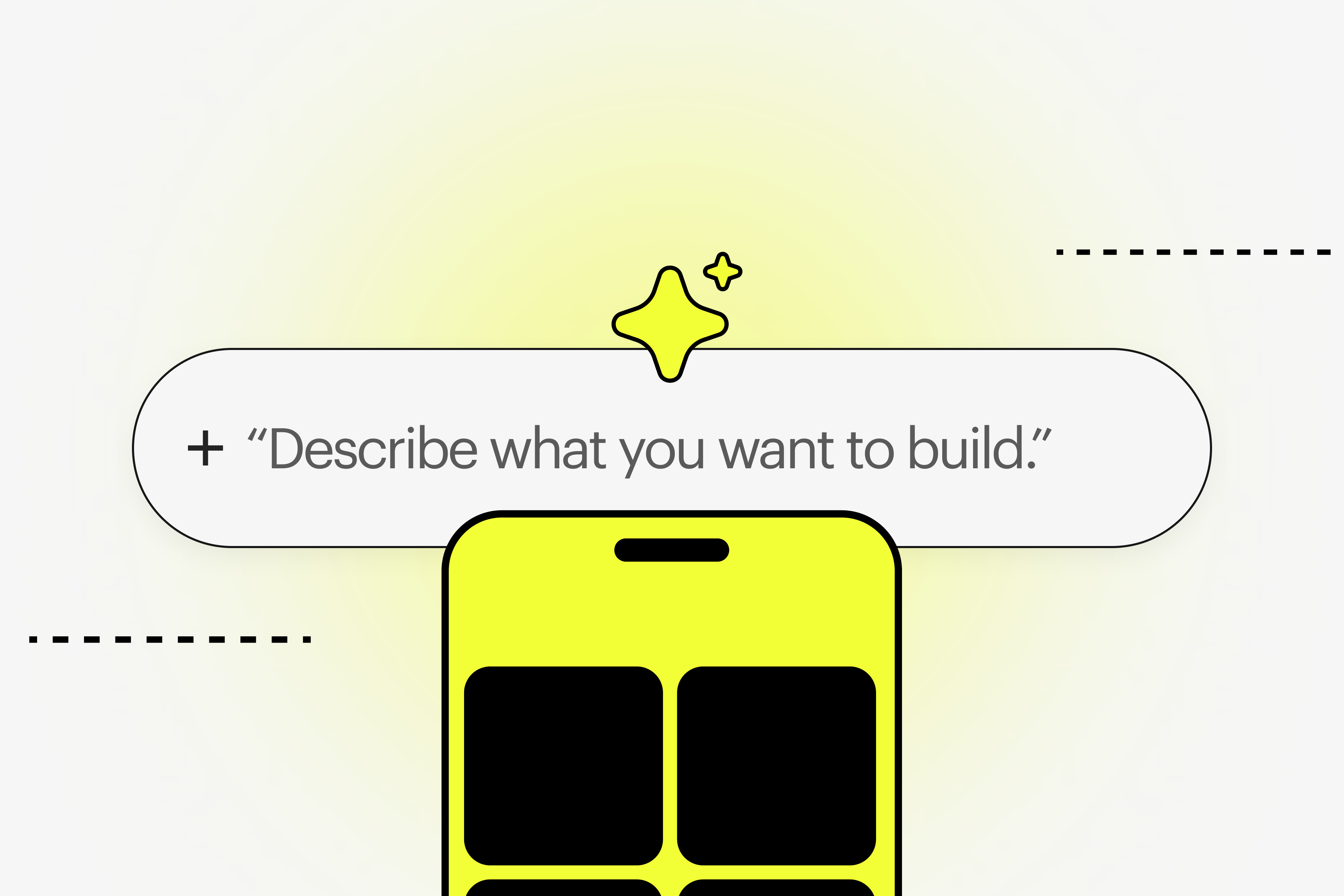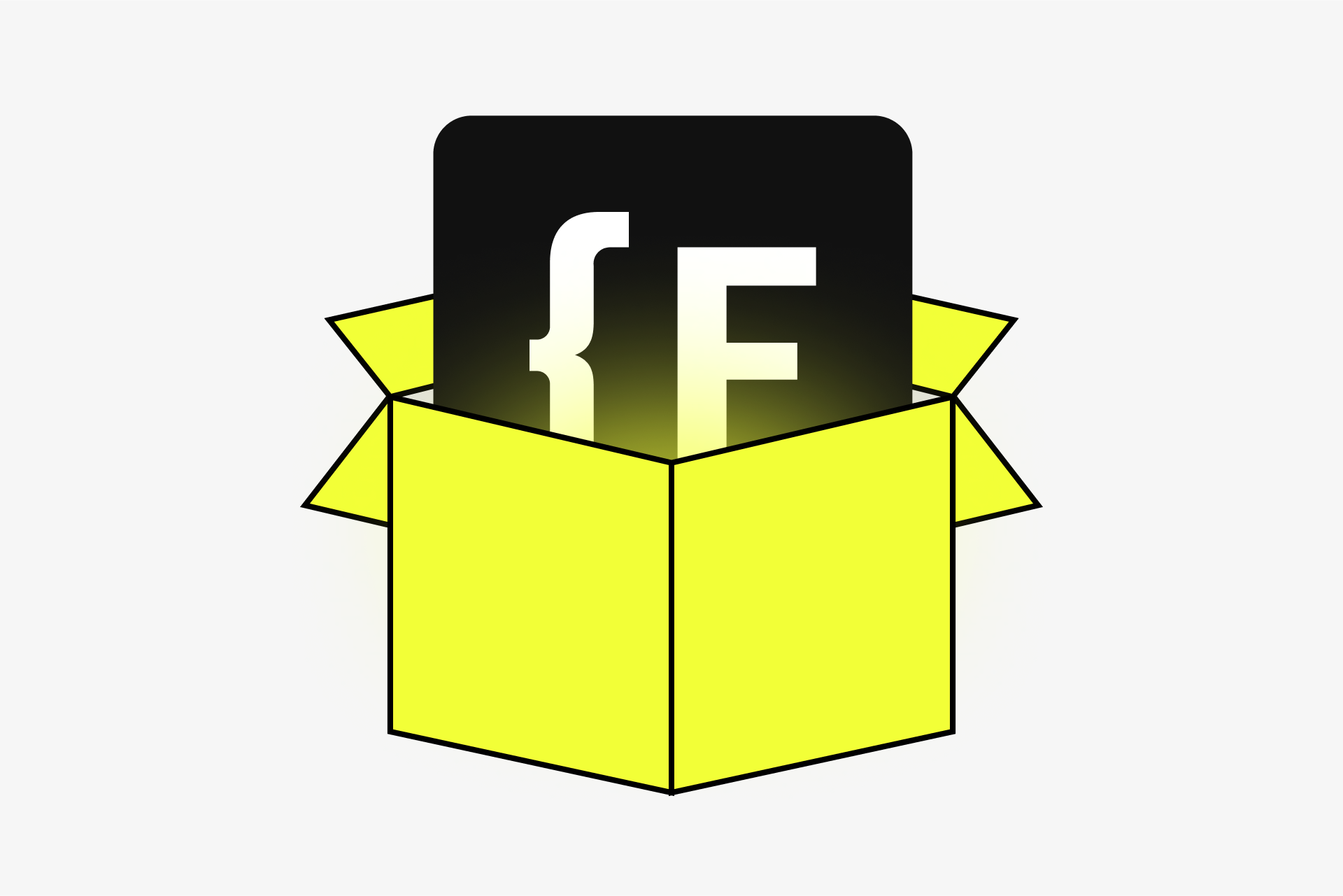History of the process
I saw my friend get eight people to decide dinner plans in 10 seconds.
If you want "Restaurant A" — Raise your hand.
If you want "Restaurant B" — Raise your hand.
We had our restaurant picked out and the whole group was content. Even the people supporting the losing restaurant were satisfied with the decision. No individual made the decision for the group and there was a clear majority preference.
Through a democratic process, a final solution was found. All through a simple group vote.
After experiencing this success in my personal life, I began implementing this decision-making strategy in business as well.
Eventually, it evolved into a company-wide voting process that spans across all departments.
Emoji voting for Client-First
Our first use of emoji voting was through Client-First documentation decisions.

Our process for creating Client-First
- Draft documentation is presented to a Finsweet Slack public channel with all Webflow developers.
- Finsweet developers are asked to read through the docs and are encouraged to challenge any topic they disagree with.
- When a developer challenges a topic, we thread the comment to discuss it and decide a solution.
- Sometimes the challenge is clear and the change is made immediately. If there are conflicting solutions and we can't agree as a team, we create an emoji vote with the options.
- The team votes through emojis on the Slack message. The most popular choice is the final solution.
There are many decisions made when creating Client-First. Sometimes there are conflicting ideas and disagreements among team members.
For all decisions in Client-First, we avoid using seniority as the basis final decision power.
In cases where two people have a fair and reasonable disagreement on a decision, and both are passionate about their stance, we look for the opinion of a broader group of people.
This approach is quick, easy, and fair, ensuring that neither party feels their voice was not heard.
The outcome of the vote can be overwhelmingly one-sided, or it can result in a more in-depth, focused discussion if the vote is too close to call.
Ultimately, all conflicts related to Client-First methodologies are resolved by a popular vote, utilizing emojis to facilitate the process.
Benefits of outside opinion
Instead of relying solely on the perspective of a few pro Webflow developers, seeking the input of 20 experts in the field provides greater benefits.
Having 20 people collaborate on creating documentation may be inefficient. However, their review, challenges, and concerns can offer a valuable outside perspective.
This feedback is crucial to avoid becoming too invested in our own ideas. Seeking input from an outside group can validate a concept or indicate the need for further consideration.
If 17 out of 20 professionals do not like an idea, it's a sign reconsider it.
Sometimes the primary working team must take a step back and seek fresh perspectives to deliver the best product.
The use of emoji voting can be an effective and efficient way to achieve this.
How to do it
Present the options the team will vote on.
Keep it short. Keep it minimal.
Here's an example:
Team vote for deciding how we use dashes!
🦌 Option A: Use a single dash when splitting identifier words. For example slider_arrow-left
🦙 Option B: Use a double dash when splitting identifier words. For example slider_arrow--left
We'll send this message in a public channel with most of the team. People can vote and voice their concerns.
Thread the voting comment
It's encouraged to continue the conversation in a thread of the voting message.
Some voters will not know which option to choose. Reading the thread for more context is valuable for voters to understand more context behind the vote.
The thread can become a heated conversation about the topic. This is good. Passionate people from each side should share their reasoning behind a specific choice.
Instructions for the person creating the vote
Emoji voting must follow rules of fairness and transparency.
As the creator of the vote, you also act as the moderator and peacekeeper of the voting process. Try to remain unbais to encourage fair voting.
To establish the emojis used for voting, quickly add each emoji option to the message. Emoji vote options must be immediately available for people to vote. Voters should not be looking through the emojis UI to select their vote.
If you're a manager of other voters, it's recommend to reveal your vote at the end of voting. Your initial selections of emoji options should remain on the message. An early vote from an important company decision-maker may encourage people to vote a certain way.
After most votes are placed on each side, you can remove the emoji vote(s) you disagree with.
Required fairness rule
Emoji votes must always be fair and equally presented. As the person posting the vote, you can not favor one option in the voting description.
- Options must be presented equally. Do not add suggestive or subjective words that favor a certain solution. Emoji voting works best when voters rely on objective facts rather than selective sales language.
- Emojis must be neutral and equal for each option. Do not choose "more cool" or "less cool" emojis, which may favor certain options. Emoji options must use emojis of equal coolness.
Declare a winner
After X amount of time (usually within 24 hours), there will be one or more of the following:
- A clear solution to the conflict
- A better perspective of the decision
- A re-vote with updates to the options
- A very close voting and continued uncertainty
In most cases, we get to our ideal outcome: "A clear solution to the conflict".
It's common for the votes to lean towards one choice. When this happens, we know the path forward.
Sometimes the thread conversation makes it clear that the options need to be adjusted. Discussion can bring a new perspective to decision-making challenge. A re-vote may add new ideas or better explain existing options.
In some cases, voting is very close. If voting is around 50/50 split between the choices we can't make a decision based on the voting. In this case, emoji vote doesn't help us pick a path forward. It happens, but it's rare.
Usually the decision is clear and achieved by popular vote or thread conversation.
Use emoji voting for anything
Emoji voting started with Client-First, but now it's used for anything that needs a quick group decision.
"How should we release this cloneable?"
"Which one looks better?"
"Which video background do you prefer?"
"Where should we have the next Finsweek hangout?"

The voting strategy was an excellent addition to my journey of delegation skills. I found emoji voting to be an excellent opportunity for delegating decisions I shouldn't be deciding.
If someone asks for my decision on a topic, and I feel I should not make the decision, I will tell the person to do an emoji vote.
More emoji voting
We're using this process more often at Finsweet.
One goal of this article is to encourage the Finsweet team to use this strategy when we need an important answer quickly.
Another goal is to encourage you to bring emoji voting to your company.
If you try this strategy and it works, give us a shoutout and reference this article. Let's share emoji voting!


























